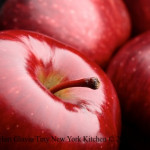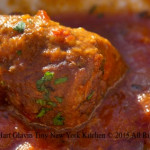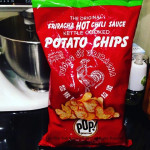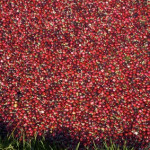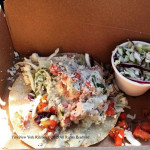Bell Pepper Basics
Bell peppers are also called sweet peppers. They are not hot in flavor and come in lots of colors. Bell peppers are an excellent source of vitamin C & B6.
Green: Most common and less sweet than others.
Red: Fully ripe green peppers turn red and are sweeter than green. Green bell peppers cost less and store longer than other types.
Yellow and Orange: Bright in color with a mildly sweet fruity flavor.
Purple, White or Brow: May be available from farmers’ markets or by growing your own.
Choose bell peppers that are firm and heavy for their size with bright coloring and glossy skin. If stems are still attached they should be firm and green.
Fresh peppers are more available and tastier while in-season during the summer and early fall.
Avoid peppers that have thin wrinkled skin or brown patches.
Buy only what you will use within a week or plan to freeze extras for future use.
Keep bell peppers fresh by washing just before serving.
Cutting bell pepper: After washing, cut off stems and cut peppers in half – lengthwise or crosswise. Remove seeds and the white membrane from the inside. Cut peppers into rings, strips or dice them into squares. Cut peppers can be stored, covered, for 2 days in the refrigerator.
Whole peppers can be stored in the refrigerator for up to 5 days. They are easy to freeze for longer storage. No blanching is needed. Place peppers in freezer bags or containers. Seal and label with the date. Frozen peppers should be used within 8 months.
“Work With What You Got!”
© Victoria Hart Glavin Tiny New York Kitchen © 2015 All Rights Reserved
Apples are available year-round with peak season September through November.
When choosing apples, look for firm apples, free from bruises or soft spots. Apples are sold ready for eating. Select variety according to intended use.
Refrigerate for up to 6 weeks. Store bulk apples in a cool, moist place.
“Work With What You Got!”
© Victoria Hart Glavin Tiny New York Kitchen © 2015 All Rights Reserved
Umami is considered the fifth flavor (after sweet, sour, salty, and bitter). Umami is difficult to define, but is “something” that makes a meal memorable. Often used by chefs, umami is a rich, savory taste imparted by the amino acid glutamate and ribonucleotides-molecules containing the sugar ribose that are components of RNA – that occur naturally in many foods. You can take your meals to the next level with ingredients rich in umami like anchovies, beef, fish sauce, miso paste, mushrooms, Parmesan cheese, or sun-dried tomatoes.
“Work With What You Got!”
© Victoria Hart Glavin Tiny New York Kitchen © 2015 All Rights Reserved
What took so long?!! I love potato chips and I love sriracha. It’s like Santa came early this year!
This afternoon I stopped for ice cream in Vineyard Haven. This delicious flavor is Almond Joy! Mouth Heaven!
It’s a wonderful Friday here on Martha’s Vineyard. The weather is in the 70’s and the sky is clear. I can’t think of a better way to spend a Friday.
The Vineyard Open Land Foundation maintains an organic cranberry bog in the hills of Lambert’s Cove. The bog is a rarity because only about 1 percent of the U.S. and Canada’s cranberries are grown organically. Old wooden machines are still used to harvest, winnow, and sort the berries.
“Work With What You Got!”
© Victoria Hart Glavin Tiny New York Kitchen © 2015 All Rights Reserved
One of my favorite places to go for lunch, on the way to Martha’s Vineyard, is Quick’s Hole in Woods Hole, Massachusetts. I always order the lobster tacos. Messy, but ten minutes of heaven.
“Work With What You Got!”
© Victoria Hart Glavin Tiny New York Kitchen © 2015 All Rights Reserved



